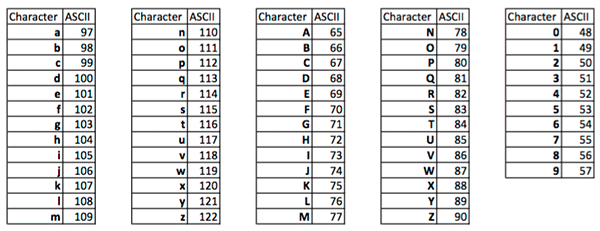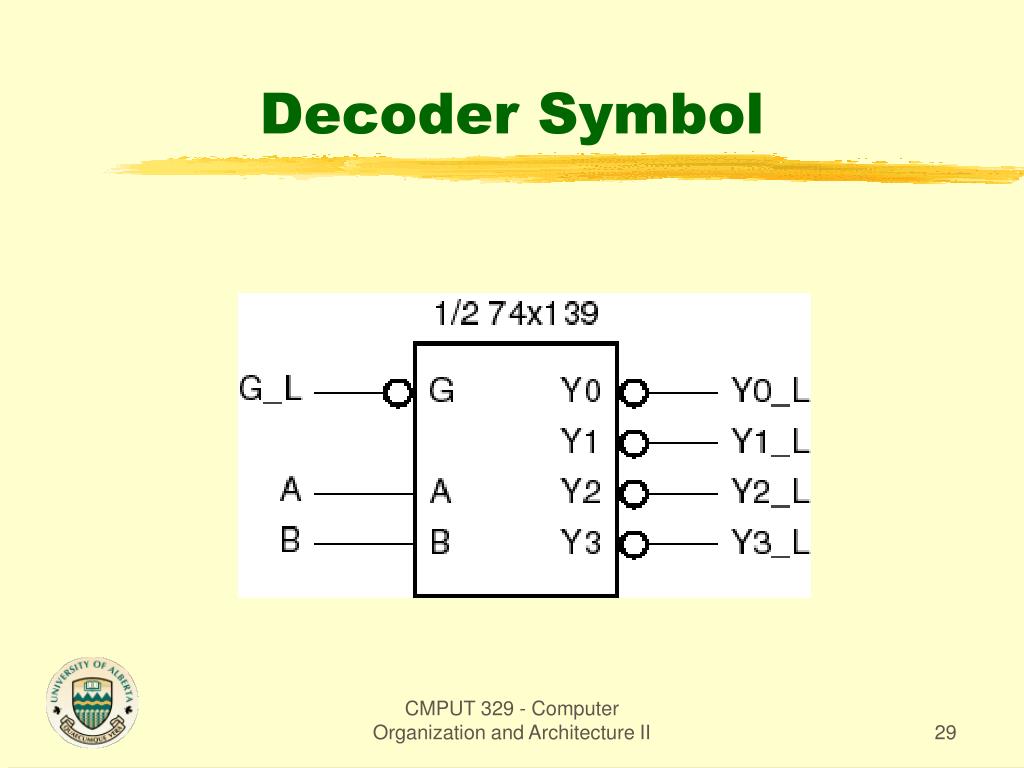

Automatic recognition of words as “pictures” in the brain ( sight word recognition).Reading comprehension requires reading quickly ( reading fluency),keeping track of what words are in the sentences ( working memory), vocabulary meaning and text conventions ( semantics/grammar), and understanding what is read ( receptive language) (Berninger & Richards, 2002 Cutting, Materek, Cole, Levine, & Mahone, 2009). Reading Fluency/Speed and Reading Comprehension found a functional disconnect between the phonemic and graphemic systems in the inferior parietal lobe, which is likely the most common cause of word reading disability (Fiorello et al., 2006).Ĭlick here to access the handout Brain Areas and Reading Skills.

There are many brain areas involved in reading competency, even at the basic word reading level (Feifer & Della Toffalo, 2007 Hale & Fiorello, 2004 Shaywtiz, 2005), so problems in one or more of these areas of the brain could lead to reading disabilities. Comprehension too may be better during silent reading because they are able to “fill in the gaps” when they miss a word, and still understand what they read. These children will often read much quicker during silent reading (because of the guessing/skipping strategy) and try to avoid oral reading. Parents and teachers should watch for children who often guess at words or skip words they don’t know. It is important to build word attack skills and good understanding of phoneme-grapheme correspondence throughout the early grades (Ramus et al, 2003 Shaywitz et al., 1999). A child has to decode harder words not visually recognized to link the words to lexical-semantic word memory and their definitions (Biemeller, 2003). These same children cannot memorize enough words over time, and so their word reading and reading comprehension decline with age (Shaywitz, 2003).

However, as the lexicon expands dramatically through elementary school - with approximately 2000 to 3000 new words learned each year (Biemeller, 2003) – this visual memorizing strategy becomes less effective. In kindergarten, children are exposed to words that are easily memorized, because there aren’t that many of them. Why would that lead to reading problems later in school? Although these children may not be identified with a reading LD, because of their average scores in early grades, later in elementary school they may have significant reading problems (Berninger et al., 2000 Hale et al., 2008). What they often struggled with is pseudoword reading tasks (e.g., read the words belped, fralt, nockess). This memorizing strategy allows children to guess at most words in the early grades from the initial letter or whole word configuration (shape of word) and still achieve average scores on most reading tests. This is a common problem in children who have reading LDs (Fiorello, Hale, & Snyder, 2006). Understanding that phonemes and morphemes can be manipulated ( Segmenting and Blending).Ī Common Problem Seen in Early Reading and Word Reading LDsĬhildren can memorize words by sight instead of developing word attack or reading decoding skills.Recognition that written letters represent the sounds (alphabetic principle).Awareness that letters (graphemes) and word parts (morphemes) are visual language symbols.Awareness that speech is composed of the smallest meaningful units of sounds (phonemes).Grapheme Awareness: understanding that symbols in reading (letters) correspond to sounds.Įarly exposure to sounds and letters is critical, even before school begins (Richards, 2009 Tallal, 2012).Phonemic Awareness: understanding that words are made of sounds (44 English phonemes) that can be used to create new words.Phonological Awareness: skill at identifying and manipulating sounds.Word Attack Skills, Reading Decoding, and Reading Competency This may be due to the importance of reading in all academic areas, as studies suggest math and writing LDs are also very common (Shaywitz, 2007 Willis, 2008). Most of these children have a disability in reading (89.6%) (Gabel, Gibson, Gruen, LoTurco, 2010 Semrud-Clikeman, Fine, & Harder, 2005). Statistics Canada (2009) reported that of all children with disabilities (ages 5 to 14), more than half (59.8%) have learning disabilities (LDs).
Decode symbols how to#
Children do not automatically learn how to read and need to be taught to read. Reading is not a natural part of human development.


 0 kommentar(er)
0 kommentar(er)
